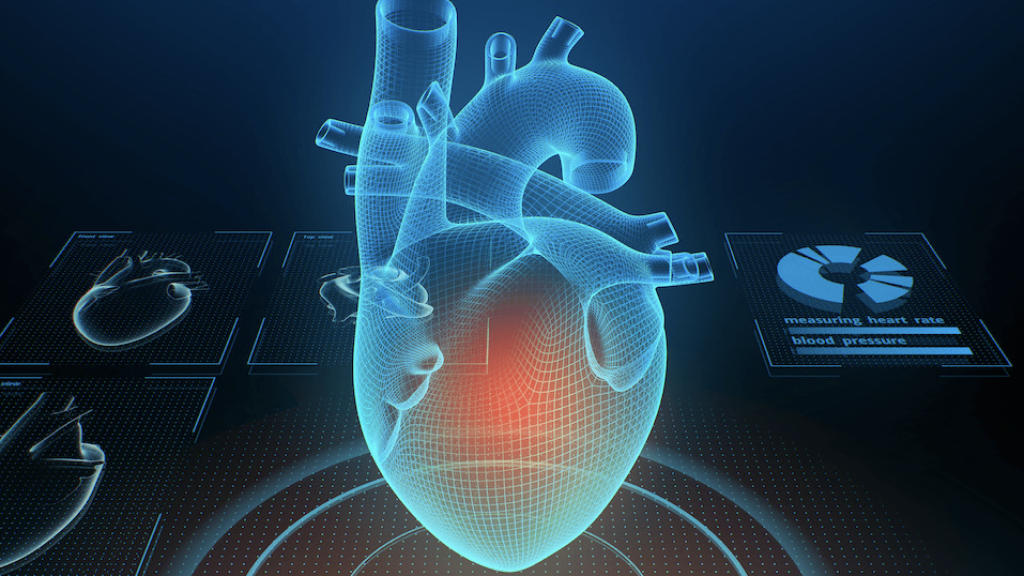Sudden Cardiac Death Causes, Symptoms and Treatments (SCD)

Sudden cardiac death (SCD) is a heart arrhythmia condition when the heart abruptly stops functioning, leading to a halting of breathing and consciousness, resulting in death. SCD is one of the most significant causes of natural deaths globally. Annually, just over 300,000 US adult deaths are a result of sudden cardiac death. Roughly half of all cardiovascular disease deaths are from SCD.
SCD is caused by a sudden cardiac arrest. Sudden cardiac arrest is the result of abnormal function of the heart’s electrical system, causing the heart to suddenly beat too fast or without synchrony, impairing the heart’s ability to sufficiently pump blood. Thus, sudden altered electrical activity in the heart results in a lack of blood flow throughout the body, causing brain and other organ damage, and can result in death.
SCD is difficult to diagnose and prevent because it is hard to predict when a patient will experience arrhythmia. Further, many patients are unaware they are at risk for sudden cardiac arrest because there may not have clear symptoms of an underlying disease or cardiomyopathy.
Treatment for Sudden Cardiac Arrest
The few moments immediately after the onset of sudden cardiac arrest are the most crucial because without treatment, the risk of survival decreases. Without treatment in the first few minutes of sudden cardiac arrest, blood will not reach the brain and ultimately be followed by sudden death. During a sudden cardiac arrest, patients will need cardiopulmonary resuscitation (CPR) and defibrillation treatment to help keep blood flowing through the body. Once hospitalized, core temperature of patients is decreased (therapeutic hypothermia) to reduce the risk of brain injury and medications to control the arrhythmia. Survivors of sudden cardiac arrest may receive an implantable cardioverter-defibrillator (ICD) (see Preventing Sudden Cardiac Death below).
Common Causes of Sudden Cardiac Arrest
SCD is caused by arrhythmias in the heart. Cardiac Arrhythmias are abnormal heart rhythms. The most common arrhythmia associated with Sudden Cardiac Death is ventricular fibrillation. These cardiac arrhythmias are rapid-firing impulses from the lower chambers of the heart (ventricles). Because of the rapid irregular beating of the ventricles, blood is unable to flow out of the heart. Sudden cardiac arrest presents differently in patients because there are many different causes.
Patients who have previously experienced a heart attack or have coronary artery disease are at high risk for a sudden cardiac arrest. Also, a subset of otherwise healthy individuals has a genetic defect that leads to Sudden Cardiac Death, so people with a family history of SCD may be at high risk.
Symptoms of Sudden Cardiac Arrest
There are no clear symptoms that indicate if a patient is at risk for sudden cardiac arrest. However, individuals with coronary artery disease or heart attack victims should stay educated on sudden cardiac arrest so they can notice any potential changes to their heart rhythm and discuss treatment options with their doctors.
Prior to a sudden cardiac arrest episode, patients may have discomfort in their chest, body weakness, shorter breathing patterns, and palpitations. During a sudden cardiac arrest, patients might feel like their heart is racing or feel dizzy, but the majority of patients do not have any prior symptoms. Signs that a person might be experiencing sudden cardiac arrest are immediately and unexpectedly collapsing, fainting or no pulse, not breathing, and loss of consciousness.
Prevention Sudden Cardiac Death
If a patient is in sudden cardiac arrest, the use of CPR and a defibrillator are the best options to restore the heart’s electrical pattern.
The best sudden cardiac arrest prevention option is for patients at high risk (post-heart attack, known coronary artery disease, known inherited arrhythmia disorders) to discuss potential treatment strategies with their cardiologists. For very high-risk SCD patients, an implantable cardioverter-defibrillator (ICD) is an option. ICD is a small implantable device that is designed to correct irregular heart rhythm by detecting and correcting fast heart rates through the delivery of a powerful electric shock. Additionally, some anti-arrhythmic medications have success in reducing sudden cardiac death.
Cardiovascular Research and Training Institute Sudden Cardiac Arrest Death & Heart Disease (Cardiomyopathy) Research Performed at CVRTI
At the Cardiovascular Research & Training Institute (CVRTI), researchers are interested in understanding the genetic basis for sudden cardiac death disorders and the fundamental mechanisms that trigger the initiation of abnormal heart rhythms in order to prevent Sudden Cardiac Death.
Using Utah’s one-of-its-kind genealogical resource linked to medical records, the Utah Population Database (UPDB), CVRTI investigators are discovering new genes that predispose to Sudden Cardiac Death. By taking a sample of blood, CVRTI investigators can create patient-specific stem cells that can be coaxed into beating heart cells in a dish, so-called induced pluripotent stem cell-derived cardiomyocytes. CVRTI investigators are at the forefront of these new technologies, leveraging them to better understand who is at risk for a Sudden Death disorder, how the abnormal heart rhythms start and how to design new therapies for sudden cardiac arrest.
Continued Research As It Relates to The Heart and Other Organs
Further along the translational spectrum, other CVRTI investigators are exploring how to limit brain and other organ damage once blood flow is stopped. New molecules discovered at the CVRTI have shown promise in reducing the damage to cells from low blood flow (ischemia). Just like therapeutic hypothermia, these agents could be used to reduce catastrophic organ loss once low blood flow has been identified and corrected.


